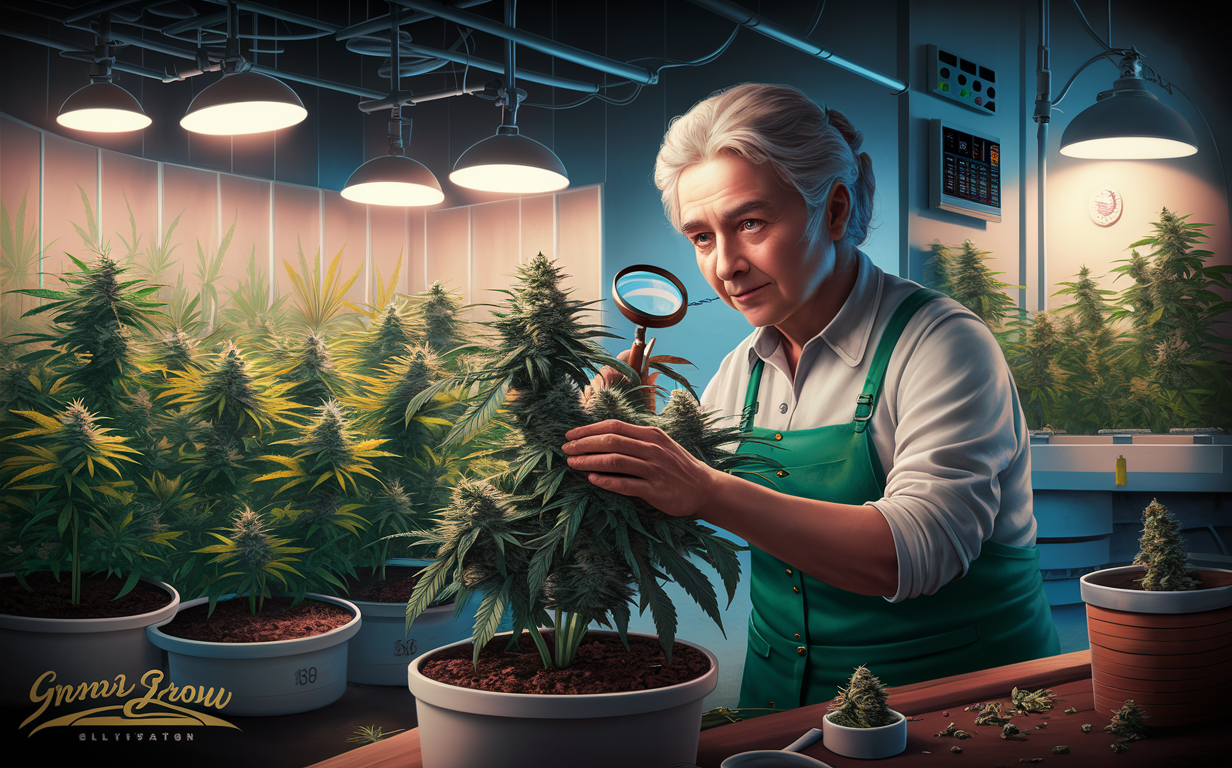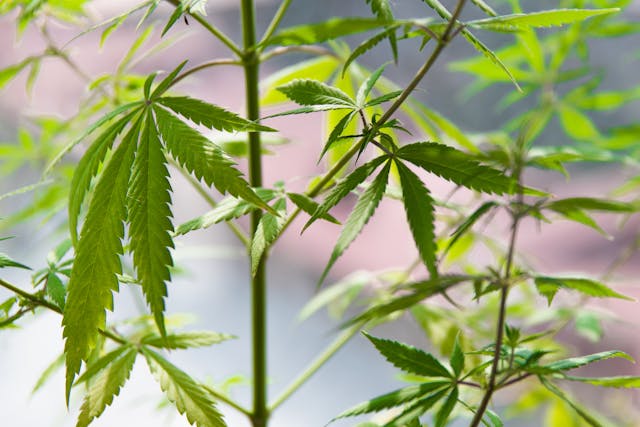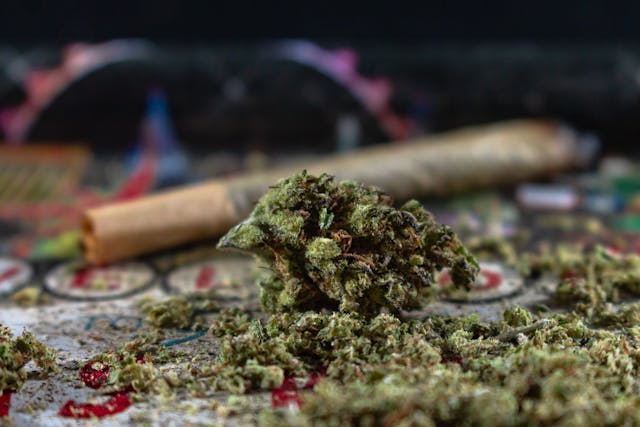Cannabis cultivation is an intricate process requiring keen attention to detail, proper planning, and consistent care to yield high-quality plants. Whether you’re a seasoned grower or a novice, understanding the various stages and nuances of cannabis cultivation can significantly enhance your growing experience and results.
Key Takeaways
- Cannabis cultivation involves multiple stages: germination, seedling, vegetative growth, pre-flowering, flowering, and harvesting.
- Indica, Sativa, and hybrids have different growth requirements and effects.
- Environmental factors like light, water, nutrients, and pest management are crucial.
- Choosing the right strain and cultivation method impacts the final product’s quality.
- Legal compliance is essential for cultivation, especially for commercial growers.
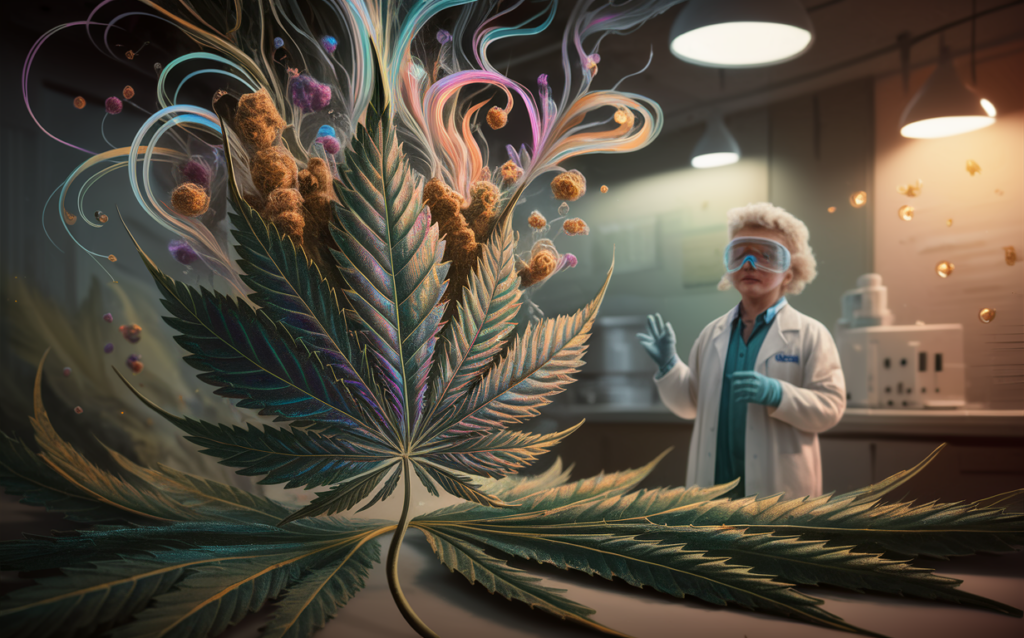
Understanding Cannabis Cultivation Basics
Choosing the Right Strain
Selecting the appropriate strain is the first step in cannabis cultivation. Indica strains are typically shorter and bushier, suitable for indoor growing due to their compact size. They are known for their relaxing effects, making them ideal for nighttime use. Sativa strains, on the other hand, are tall and thin, thriving in outdoor environments with ample space.
They provide an uplifting and energetic high, perfect for daytime use. Hybrid strains offer a balanced blend, combining the best traits of both Indica and Sativa.
Environmental Factors
- Light: Cannabis plants require different light cycles at various growth stages. During the vegetative stage, they need around 18-24 hours of light. In the flowering stage, the light cycle should be reduced to 12 hours of light and 12 hours of darkness.
- Water: Watering schedules should be based on the plant’s stage and environmental conditions. Overwatering can lead to root rot, while underwatering can stunt growth.
- Nutrients: Cannabis plants need a mix of macronutrients (nitrogen, phosphorus, potassium) and micronutrients (calcium, magnesium, zinc). The nutrient mix should be adjusted for each growth stage.
- Temperature and Humidity: Maintaining optimal temperature and humidity levels is crucial. Generally, a temperature range of 70-85°F (20-30°C) and 40-70% humidity is ideal.
The Growth Stages of Cannabis
Germination
Germination is the process where seeds develop into seedlings. Place seeds in a damp paper towel, and within a few days, they should sprout. This signals that they are ready to be planted into soil or a growing medium.
Key Points:
- Keep the seeds in a warm, dark place.
- Ensure the paper towel remains moist but not soaked.
Seedling Stage
Once the seeds sprout, they enter the seedling stage, characterized by the growth of the first leaves. This stage can last 2-3 weeks.
Key Points:
- Provide 18-24 hours of light.
- Maintain a temperature of around 70-75°F (21-24°C).
- Avoid overwatering.
Vegetative Growth
The vegetative stage is crucial for building the plant’s structure. This stage can last from a few weeks to several months, depending on the desired plant size and strain.
Key Points:
- Increase nitrogen intake.
- Maintain optimal light exposure.
- Regularly prune and train the plants to maximize light penetration.
Pre-flowering and Flowering
During pre-flowering, plants show their sex. Female plants are preferred for their buds. The flowering stage lasts 6-12 weeks, depending on the strain.
Key Points:
- Switch to a 12/12 light cycle.
- Increase phosphorus and potassium intake.
- Maintain a consistent environment to avoid stress.
| Stage | Light Cycle | Temperature | Nutrients |
|---|---|---|---|
| Germination | 18-24 hours | 70-75°F (21-24°C) | Minimal |
| Seedling | 18-24 hours | 70-75°F (21-24°C) | Low |
| Vegetative | 18-24 hours | 70-85°F (21-29°C) | High Nitrogen |
| Flowering | 12/12 hours | 65-80°F (18-26°C) | High Phosphorus & Potassium |
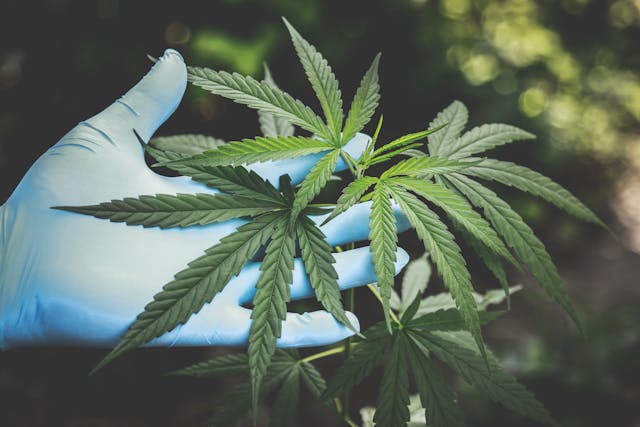
Harvesting and Post-harvest
Harvesting
Timing is critical for harvesting. The best time to harvest is when the trichomes (tiny resin glands on the buds) turn milky white with a few amber ones.
Key Points:
- Use a magnifying glass to inspect trichomes.
- Harvest when 70-90% of trichomes are milky.
Drying and Curing
Drying and curing are essential for enhancing the flavor and potency of the cannabis. Drying typically takes 7-10 days, while curing can last several weeks.
Key Points:
- Dry in a dark, ventilated space with 45-55% humidity.
- Cure in airtight jars, burping them daily to release moisture.
Advanced Cultivation Techniques
Hydroponics
Hydroponic systems grow plants without soil, using nutrient-rich water. This method can accelerate growth and yields.
Key Points:
- Requires careful monitoring of pH and nutrient levels.
- Often leads to faster growth and larger yields.
Organic Cultivation
Growing cannabis organically involves using natural soil and organic fertilizers. This method is eco-friendly and can produce high-quality, flavorful buds.
Key Points:
- Use organic compost and natural pest controls.
- Focus on soil health and biodiversity.
Pest and Disease Management
Effective pest and disease management is crucial for maintaining healthy cannabis plants. Common pests include spider mites, aphids, and whiteflies, while diseases can range from powdery mildew to root rot.
Key Points:
- Regularly inspect plants for signs of pests and diseases.
- Use organic or chemical treatments as necessary.
- Maintain a clean growing environment to prevent infestations.
Legal and Compliance Considerations
Cannabis cultivation is subject to varying regulations depending on your location. It’s essential to stay informed about local laws and obtain necessary licenses if you plan to grow cannabis commercially.
Key Points:
- Check local regulations for personal and commercial cultivation.
- Ensure compliance with all legal requirements to avoid penalties.
- Keep detailed records of your cultivation practices.
Real-world Tips from Experienced Growers
Monitor and Adjust
Regularly monitor your plants and adjust environmental factors as needed. Use tools like hygrometers and pH meters to maintain optimal conditions.
Strain Selection
Choosing the right strain can significantly impact your cultivation success. Research strains that suit your growing conditions and desired effects.
Patience and Persistence
Cannabis cultivation requires patience and persistence. Don’t be discouraged by initial failures; learn from them and improve your techniques.
- According to a report by Grand View Research, the global cannabis market size was valued at USD 14.9 billion in 2016 and is expected to grow at a compound annual growth rate (CAGR) of 25.5% from 2017 to 2025 (Grand View Research).
- The same report states that medical cannabis held the largest market share in 2016, accounting for over 60% of the total revenue (Grand View Research).
- In the United States, the legal cannabis industry employed an estimated 121,000 full-time workers in 2015, a number that is projected to reach 292,000 by 2020 (Leafly).
- California, the largest cannabis market in the world, is projected to generate $3.7 billion in legal sales in 2018 (Business Insider).
- Indoor cannabis cultivation is the most common method used, accounting for approximately 60% of all cultivation (Grow Weed Easy).
- The energy consumption of indoor cannabis cultivation is estimated to be 1% of the total electricity use in the United States (NPR).
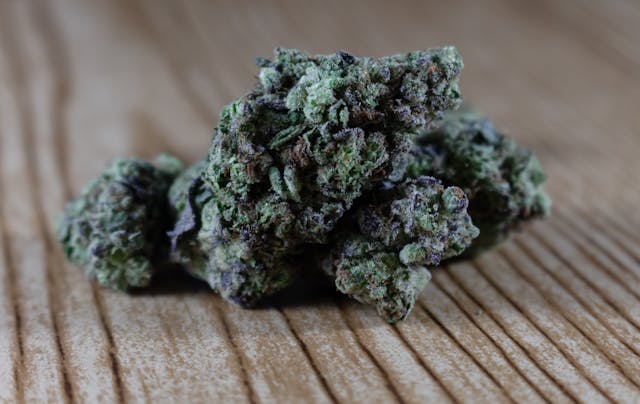
Sustainable Practices in Cannabis Cultivation
Sustainability is becoming increasingly important in cannabis cultivation. Implementing eco-friendly practices can reduce your environmental footprint and contribute to more responsible growing.
Key Points:
- Use energy-efficient lighting like LED grow lights.
- Collect and recycle rainwater for irrigation.
- Implement integrated pest management (IPM) to minimize chemical use.
Common Challenges in Cannabis Cultivation
Environmental Stress
Cannabis plants are sensitive to environmental changes. Keep temperature, humidity, and light levels consistent to avoid stress.
Nutrient Imbalance
Over or under-fertilizing can lead to nutrient deficiencies or toxicities. Adjust nutrient levels based on plant needs and growth stages.
Pests and Diseases
Regularly inspect plants and use preventative measures to manage pests and diseases. Early detection and treatment are crucial for healthy growth.
Tools and Equipment for Cannabis Cultivation
Having the right tools and equipment can streamline your cultivation process and improve results.
- Grow lights: LED or HPS lights for indoor growing.
- Nutrient solutions: Tailored to each growth stage.
- pH meters: To monitor water and nutrient solution acidity.
- Hygrometers: To measure humidity levels.
- Pruning shears: For trimming plants.
Conclusion
Cannabis cultivation is a rewarding endeavor that demands careful planning, attention to detail, and a willingness to learn. By understanding the various stages of growth and implementing best practices, you can yield high-quality cannabis that meets your needs. Whether you’re growing for personal use or commercial purposes, the key is to stay informed, adapt to challenges, and continuously improve your techniques.
By following these guidelines and tips, you can navigate the complexities of cannabis cultivation with confidence, leading to successful harvests and a deeper appreciation for this amazing plant. Happy growing!

